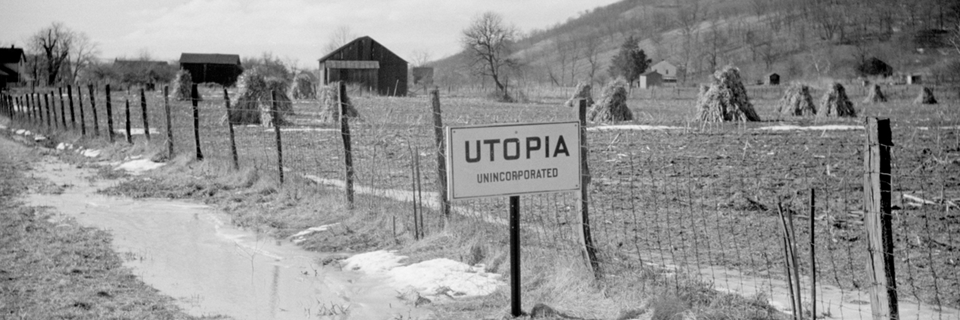 |
| René Burri 'Along the Berlin Wall' (1961) |
Yet despite its physical absence here and elsewhere in Berlin, the dividing wall maintains a vivid presence. Indirectly visible through its historical traces in the otherwise puzzling layout of certain streets and buildings, it can also be seen in the differing visual cultures of East and West: not only in the different styles of architecture and levels of building maintenance, but in the different styles of interior design, like the East Berlin taste for oilcloth table coverings, artificial flowers, and regimented white lace curtains. To the frequent dismay of motorists and public transport commuters, the wall is still strongly felt through the chaos of continuing traffic changes (for example, detours due to road or building construction, disrupted service and altered routes for bus, U-bahn, and S-bahn lines) that its sudden disappearance has engendered after over a generation of walled Berlin life. The enormous, frenetic mass of continuing construction that has overwhelmed Potsdamer Platz paradoxically reasserts the wall it has effaced, by being not only a constructed obstacle of monumental scale but an international tourist attraction as Europe's largest building site. In short, the now absent wall dividing East and West remains in many ways the structuring principle of this unified city, just as the divided cities of East and West Berlin were defined essentially by their contrasting absent parts.
